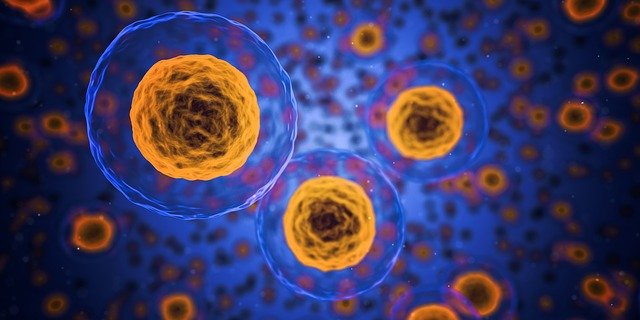
Myotonic Dystrophy type 1 (DM1) is a hereditary chronic disease, with muscular and extramuscular manifestations that, due to its incidence, falls within the group of rare diseases. Currently there is no effective treatment against it.
The study coordinated by Drs Ander Matheu, Head of the Cellular Oncology Group of the IIS Biodonostia and IKERBASQUE researcher, and Adolfo López de Munain, Head of the Neurology Service of the Donostia University Hospital, identifies that the cells of patients with Myotonic Dystrophy type 1 present an accumulation of premature and exacerbated senescence, a phenomenon closely linked to physiological aging, which suggests that DM1 cells and, by extension, the patients themselves, suffer an accelerated aging process with respect to the unaffected population.
This idea led the researchers to study whether senolytic compounds, agents that selectively eliminate senescent cells, could reverse these premature aging phenomena observed in the cells of DM1 patients. The results have confirmed expectations and provide solid experimental justification for proposing a multicenter clinical trial with these compounds that establishes the conditions for their safe use in these patients.
The work entitled "Senescence plays a role in Myotonic Dystrophy type 1" and published in the journal JCI Insight, is the result of more than 5 years of collaborative work between the Oncology and Neuroscience areas of the Biodonostia Health Research Institute and has had the financing from the Departments of Education and Health of the Basque Government, the Carlos III Health Institute and the CIBERned and CIBERfes networks, respectively.
.png)
